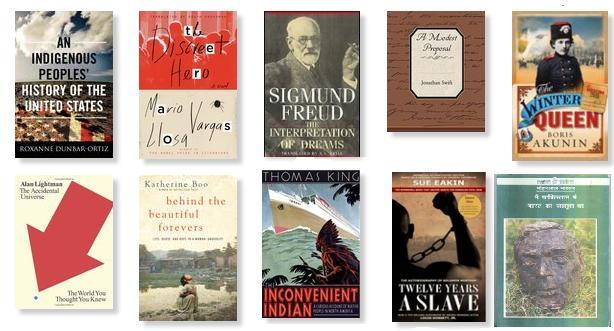
We are a selfish people.
We remember others only when they die. It has nothing to do with the people who have passed on. The only reason we remember them is because a part of us dies with them.
It is no different when one reads about Om Puri’s passing on. I remember him not so much for what he was but for a purely selfish reason.
My first memory of Puri is of him being in a dilemma, switching on and off a table lamp in Ardh Satya. Of him reading Dilip Chitre’s poem, on which the film is titled, Half Truth.
In an inspired moment I wrote down the poem, translated it and then showed to a comrade who worked for the Communist Party’s Punjabi weekly newspaper. It so happened that at the same time, Santokh Singh Dhir, a well-known short story writer close to the CPI, was looking for someone to translate his poems from Punjabi into English for the Indian Express. This comrade connected the two of us, and I had my first claim to fame, as a half page supplement of the city’s Indian Express weekend edition carried the poems that I translated. I was in my teens.
My next memory is the film Aakrosh, in which he played the role of an adivasi whose tongue has been cut off. As idealist youngsters, we sympathized with him, his tongueless screech made us wrench and our blood boil. We felt like that bearded, kurta clad, jhola wielding, young man played by an actor whose name we never cared to find out- because we were him.
In those years, I grew up with Om Puri, whose pockmarked face captured the many pockmarks of our young, sometimes scared and sometimes hopeful adolescence.
As the news of his passing on sinks in, I remember him because a part of me goes with him.
It also awakens a part of me that time and age has camouflaged but never been able to kill.
A part that is alive.
Every obituary is also a celebration of what has survived.



 Remembering theater activist
Remembering theater activist 
